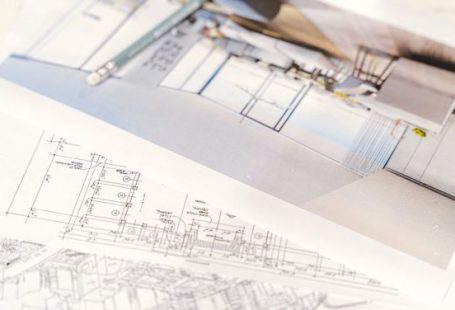Organizational culture plays a crucial role in the success of any company. It is the driving force behind employee engagement, productivity, and overall performance. A high-performance organizational culture is one where employees are motivated, empowered, and aligned with the company’s goals and values. In this article, we will explore the key steps to creating a high-performance organizational culture.
1. Clearly define your vision and values:
To create a high-performance culture, you need to start by clearly defining your vision and values. Your vision should be the guiding force that drives every decision and action within the organization. Your values should be the principles that guide the behavior of your employees. By clearly articulating your vision and values, you are setting the foundation for a strong organizational culture.
2. Hire the right people:
Building a high-performance culture starts with hiring the right people. Look for candidates who not only have the necessary skills and experience but also align with your company’s vision and values. Cultural fit is just as important as technical fit. When you have a team of individuals who are aligned with your vision and values, they are more likely to be motivated and engaged in their work.
3. Foster open communication:
Open communication is a vital aspect of a high-performance culture. Encourage your employees to share their ideas, concerns, and feedback openly and without fear of retribution. Create channels and platforms where employees can freely communicate with their colleagues and superiors. This open communication fosters collaboration, innovation, and a sense of belonging within the organization.
4. Empower your employees:
Empowering your employees is another key factor in building a high-performance culture. Give your employees autonomy and authority to make decisions and take ownership of their work. Provide them with the resources and support they need to succeed. When employees feel empowered, they are more likely to take initiative, be proactive, and go the extra mile.
5. Recognize and reward performance:
Recognition and rewards are powerful motivators that can drive high performance. Implement a system where you regularly acknowledge and reward exceptional performance. This can be in the form of public recognition, bonuses, promotions, or other incentives. When employees feel valued and appreciated, they are more likely to continue striving for excellence.
6. Invest in professional development:
Investing in the professional development of your employees is a win-win situation. It not only helps them enhance their skills and knowledge but also shows that you care about their growth and success. Provide opportunities for training, workshops, conferences, and mentorship programs. Encourage continuous learning and personal growth within your organization.
7. Lead by example:
As a leader, you have a significant impact on the organizational culture. Lead by example and demonstrate the behaviors and values you expect from your employees. Show integrity, transparency, and accountability in your actions. Be accessible and approachable to your employees. Your leadership sets the tone for the entire organization.
Creating a high-performance organizational culture is not an overnight process. It requires time, effort, and commitment from all levels of the organization. However, the benefits are well worth it. A high-performance culture can lead to increased productivity, improved employee satisfaction, and ultimately, business success. By following these key steps, you can create a culture that inspires and motivates your employees to perform at their best.



